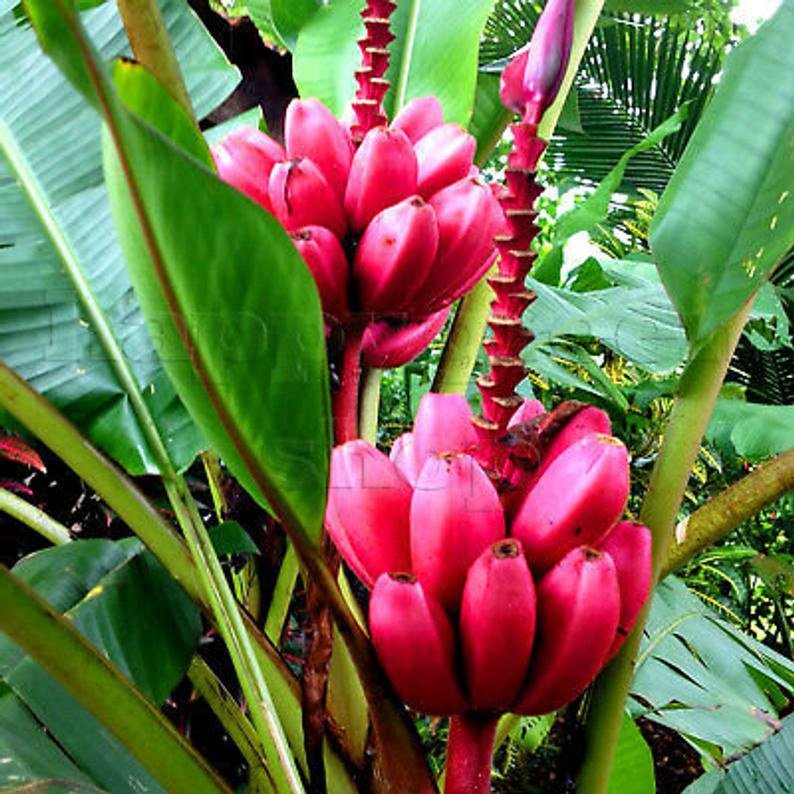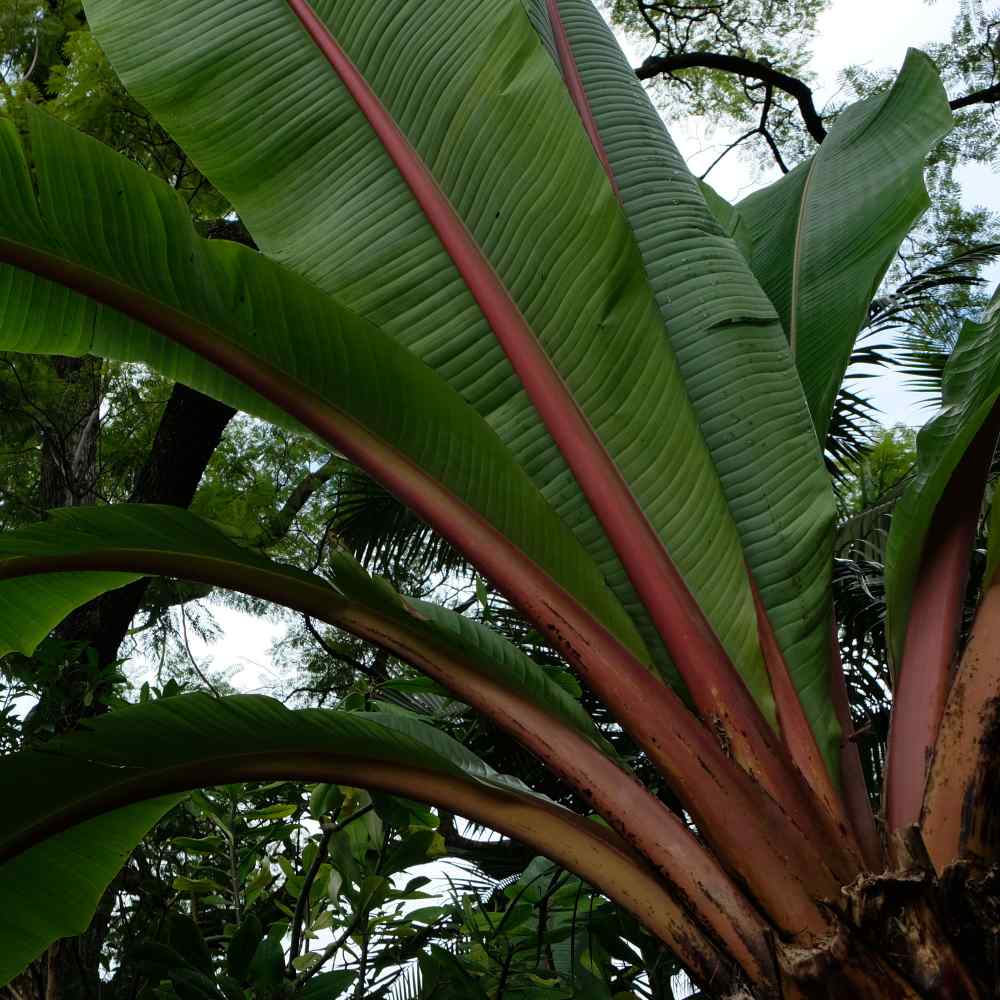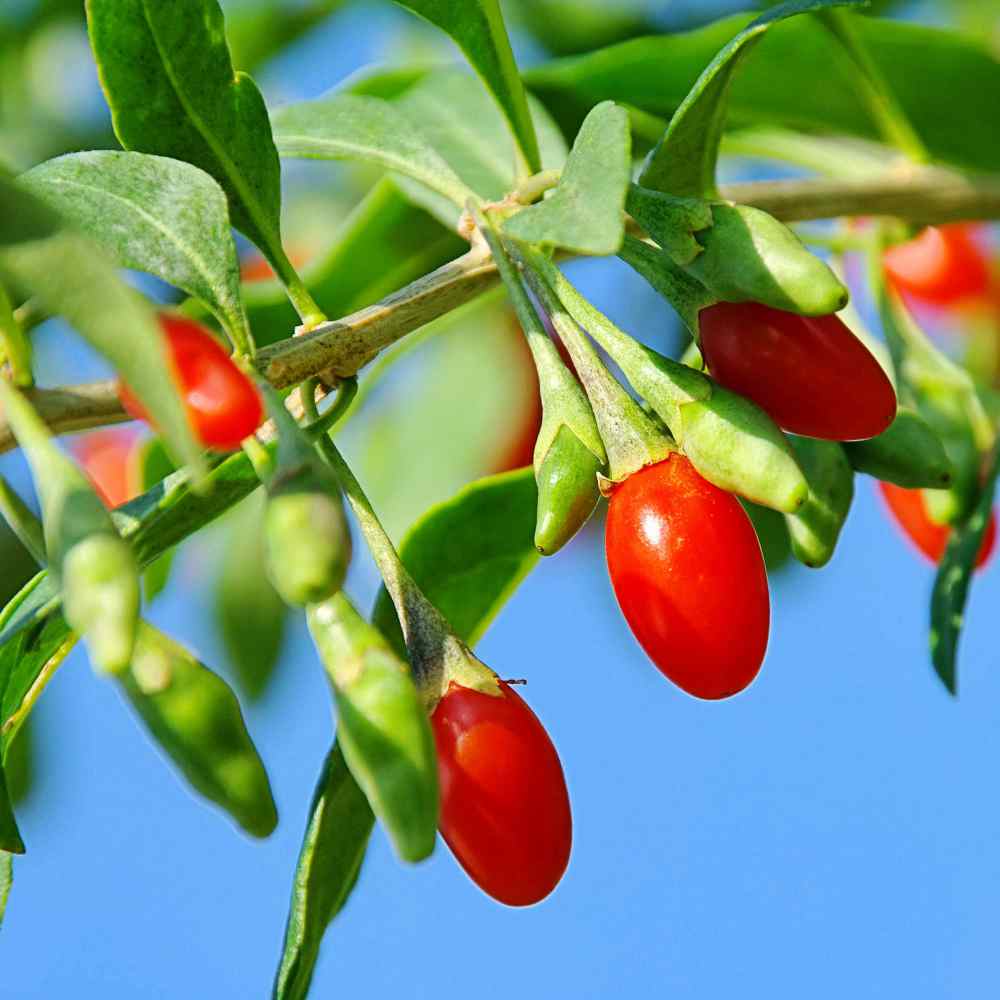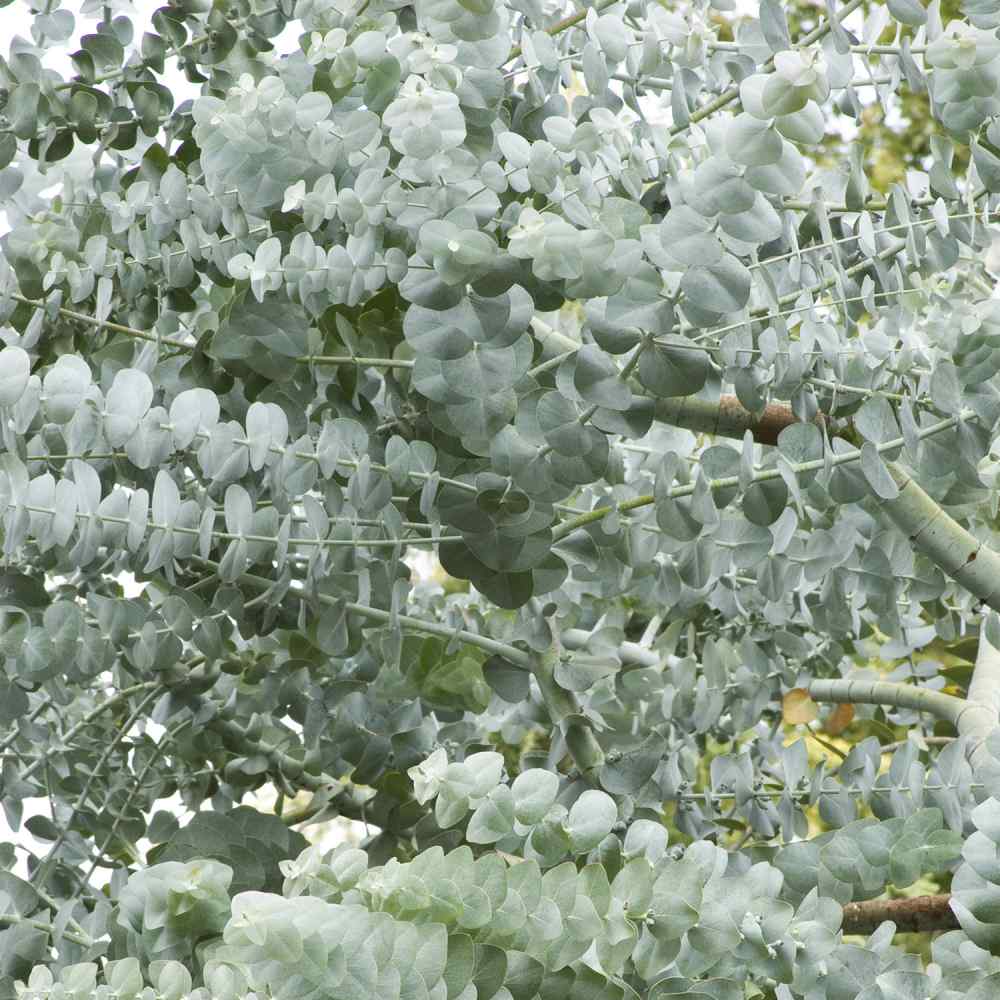
Banana Planting Guide
Quick Facts About Banana
No matter your location, there exists a variety of banana plant that you can cultivate from seed, whether as an indoor plant or an outdoor banana plant for your enjoyment. While often called "banana palms" or "banana trees," they are not trees but rather large herbs. Unlike trees, they do not develop a woody structure; instead, the entire plant consists of soft, herbaceous cells.
Planting Time
Start Banana seeds indoors 6 - 8 weeks prior to the end of frost season.

Planting Location
Banana prefers full sun to partial shade.
How to Plant Banana Seeds
- Because the seeds have a tough seed coat, soak the seeds for 48 hours in warm water. You can keep the water warm by setting the bowl on a warm surface such as a refrigerator.
- Sow into a good quality peat free seed compost or coconut fibre in individual pots or cells.
- Cover seeds 1/4 - 1/2 inch deep with the peat free seed compost or coconut fibre.
- Add a thin layer of vermiculite to the service of your pots or cells to help retain moisture.
- Keep seeds moist but not waterlogged until germination.
- To keep moisture and humidity around your seeds cover the surface of your pots with a layer of glass or plastic such as saran wrap or a clear bag.
- Remove cover every 2 - 3 days to allow air circulation and keep mould away.
- Ideal temerature for germination is around 80 degrees. If you are unable to keep seeds at this temperture keep them as warm as possible but they may take longer to germinate. Be patient seeds can take 10 weeks at times to germinate. Others will germinate much quicker.
- Once germinated seedlings will grow very quickly. Sometimes within a week or two your seedlings can grow 2 - 3 times their size. Move to larger pots as needed to allow room for them to grow.
- Feed seedlings at about 4 weeks old with a high nitrogen liquid fertilizer such as liquid seaweed or other organic fertilizer.
- If the weather allows you can move your plants outdoors and allow them to happily grow on. Accustom young plants to outdoor conditions by moving them to a sheltered place outside for a week. Protect them from wind and hot sun at first. If frost is expected at night, cover or bring containers indoors, then take them out again in the morning. The hardening off process toughens the plant cell structure and reduces transplant shock and scalding. Don’t forget, if your plants are tender and you are growing somewhere with cold winters you will need to provide protection to help your plants survive winter.

Care And Maintenance
- Banana plants prefer full sun, at least six hours of direct sunlight daily.
- Banana trees need a lot of water and moisture due to their tropical origin.
- Protect them from cold weather
- Regularly fertilize with a balanced fertilizer.
- Trim dead or damaged leaves to maintain health.




































